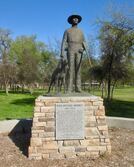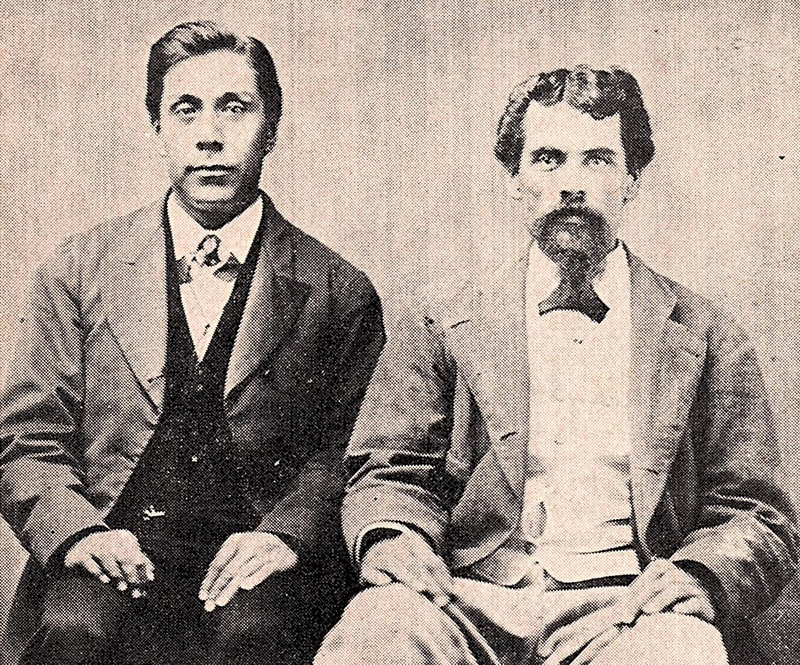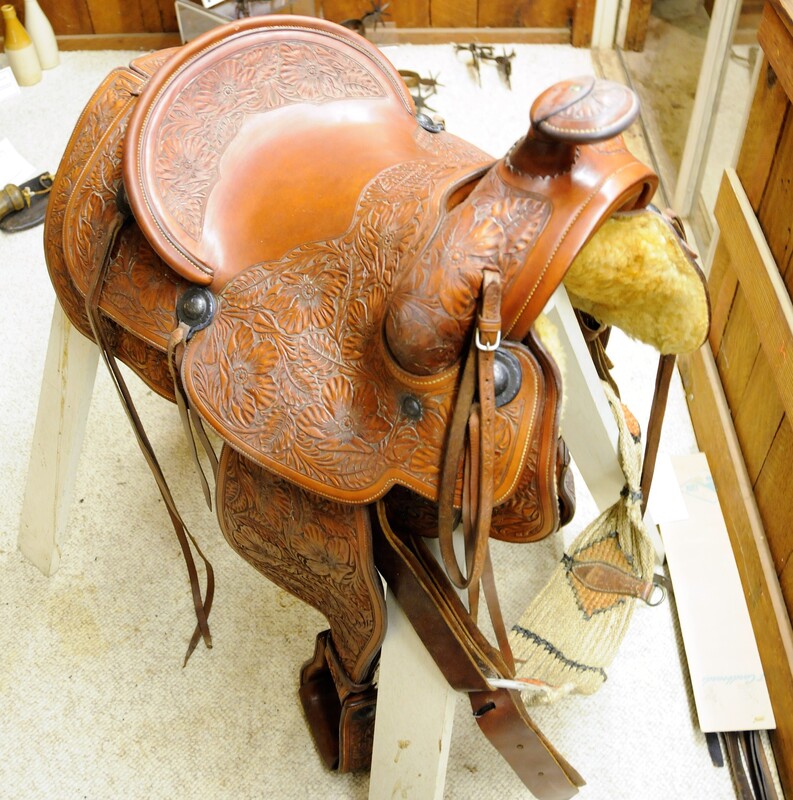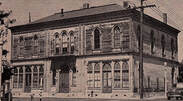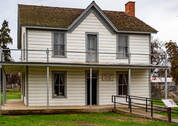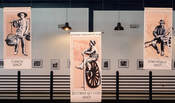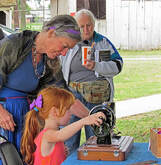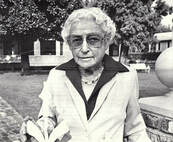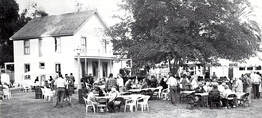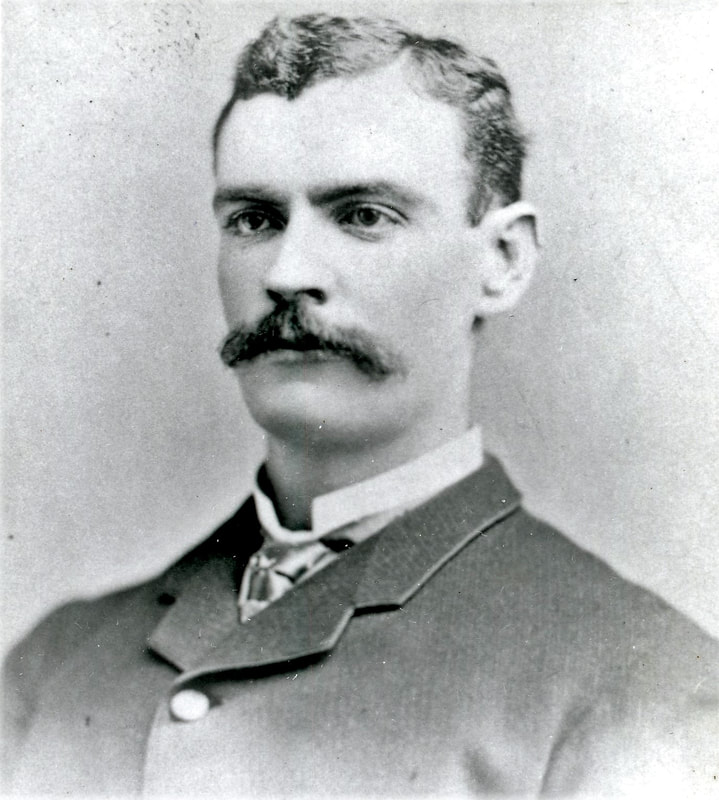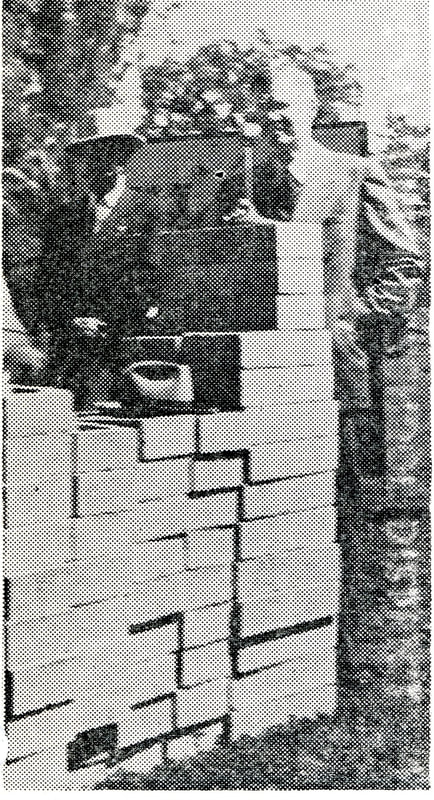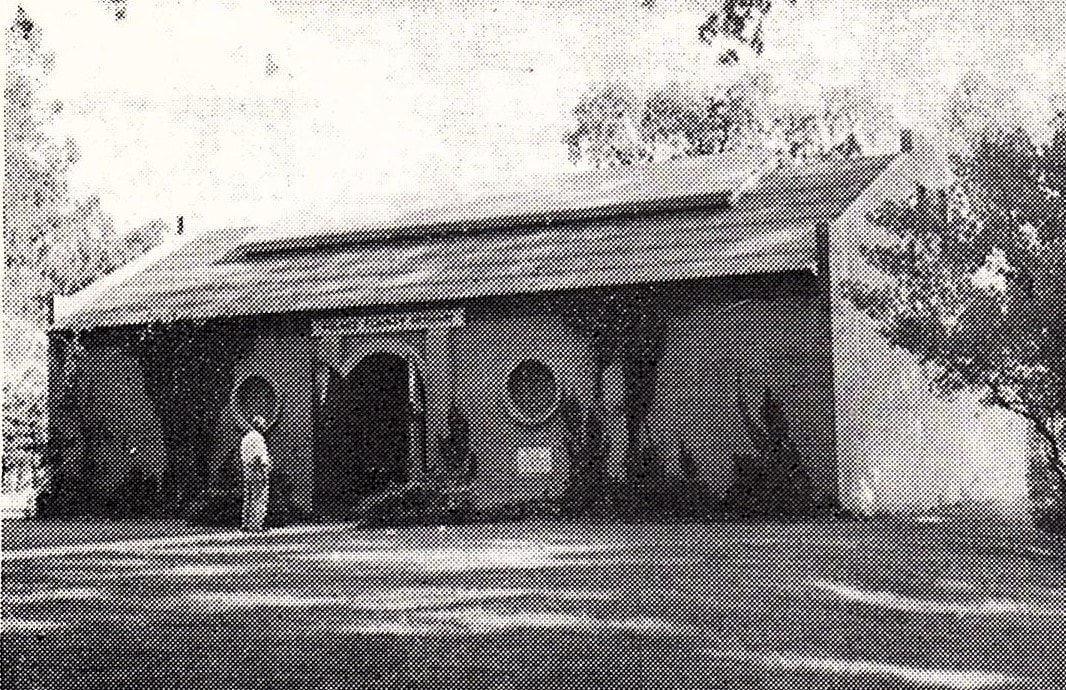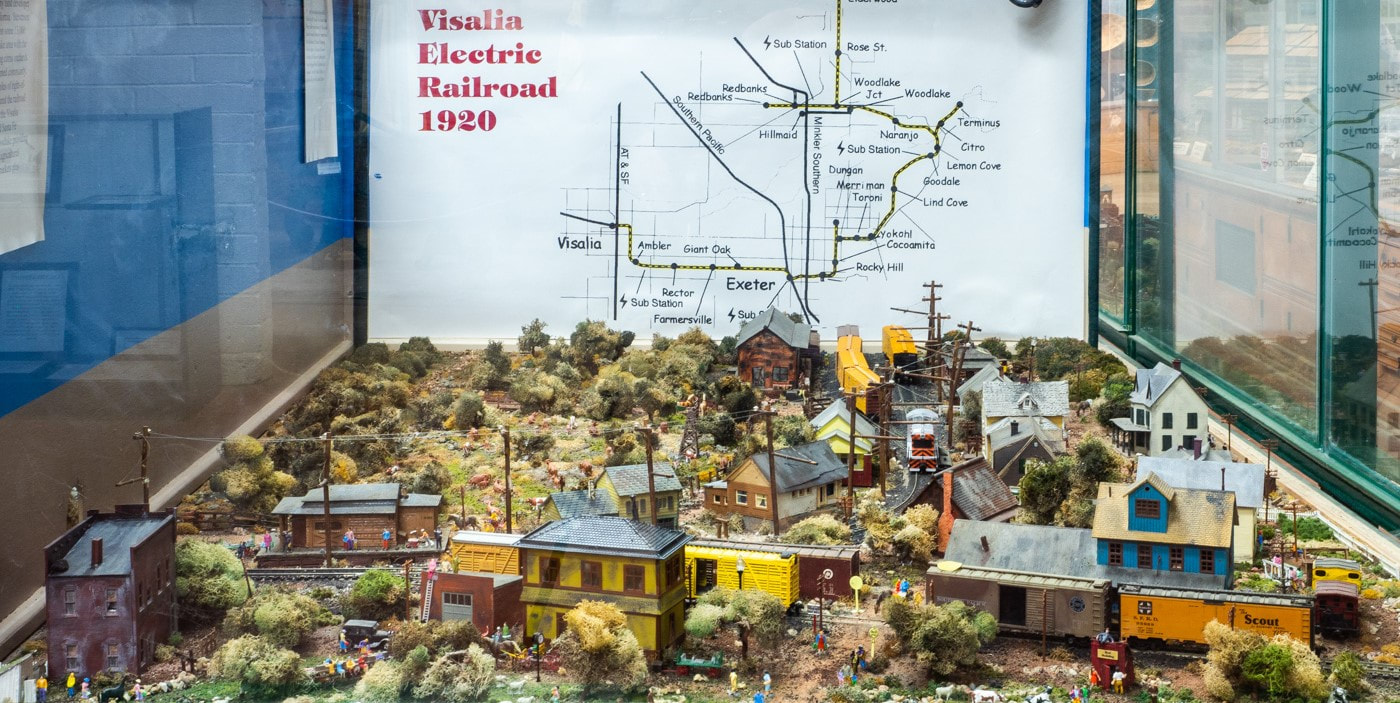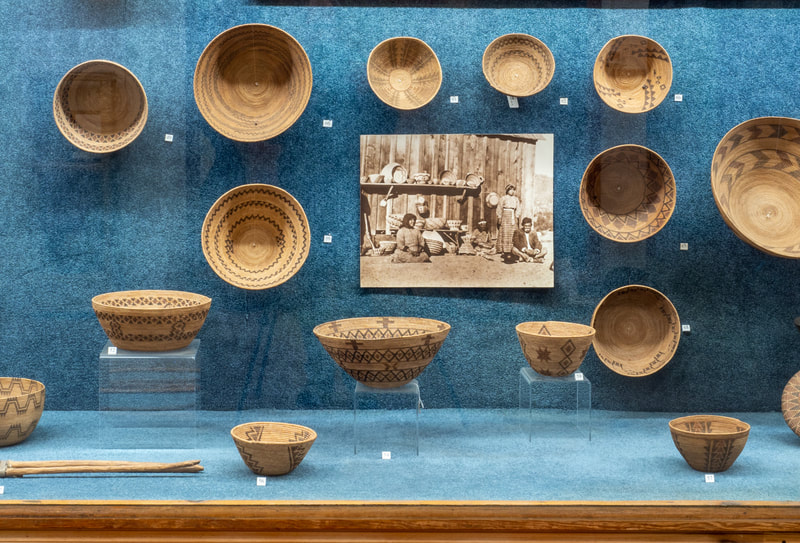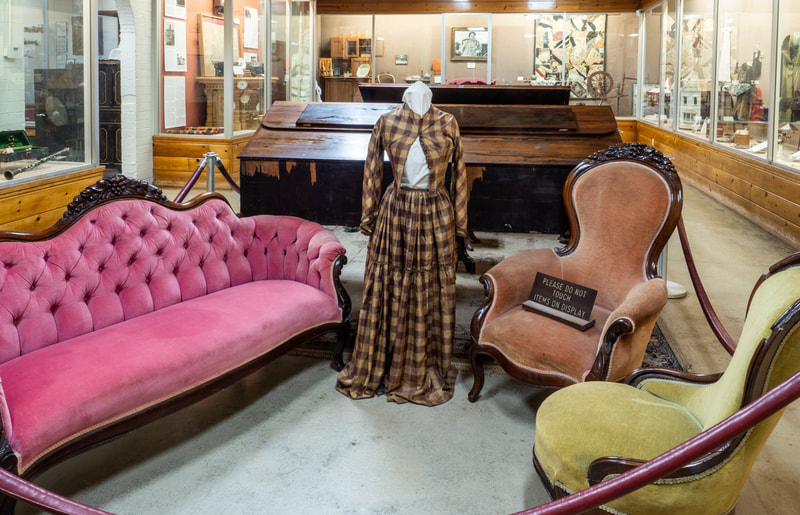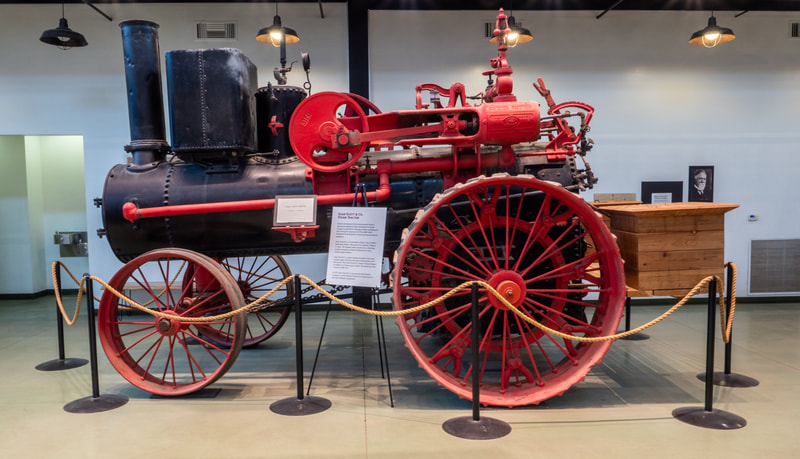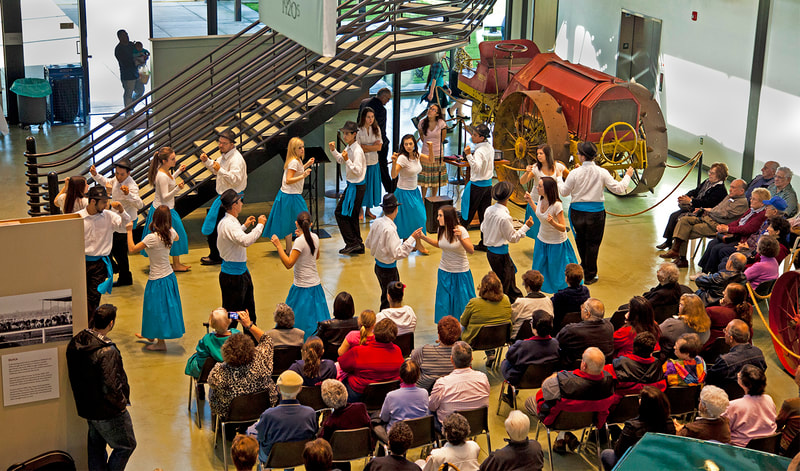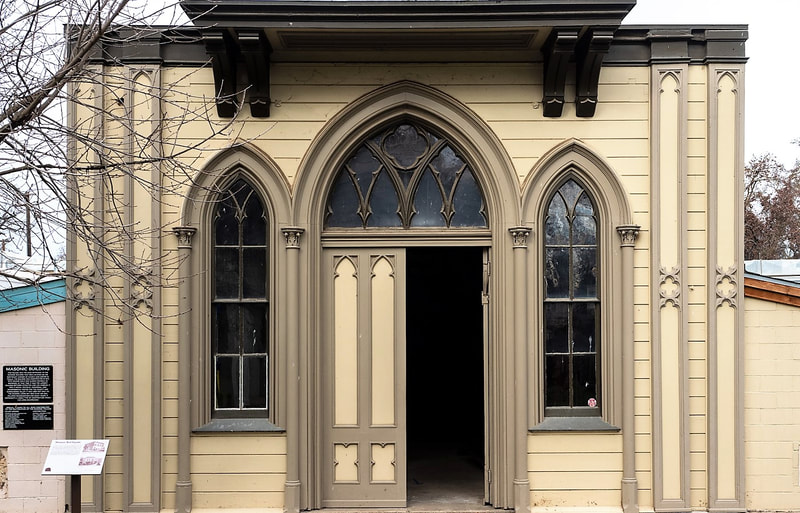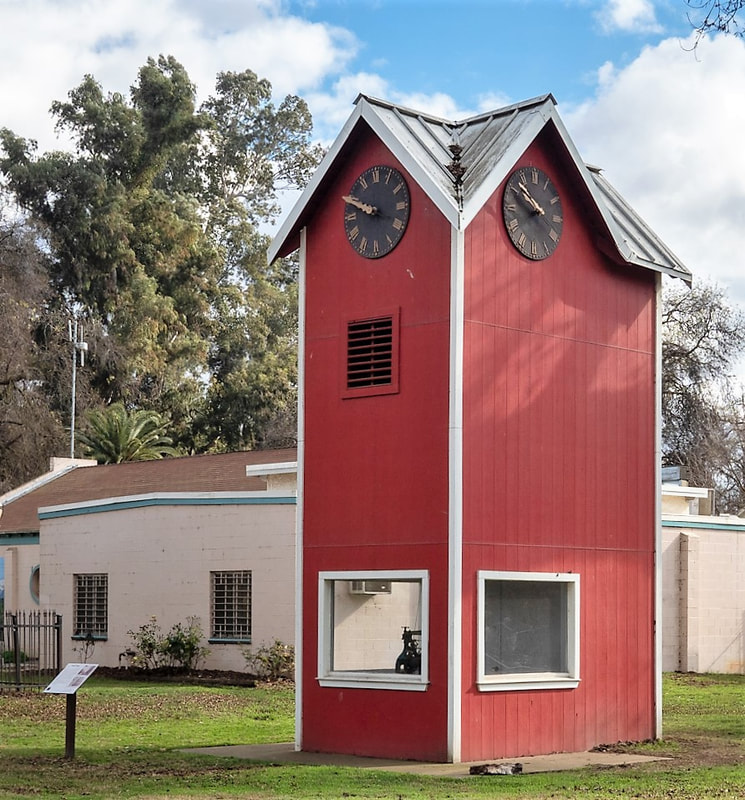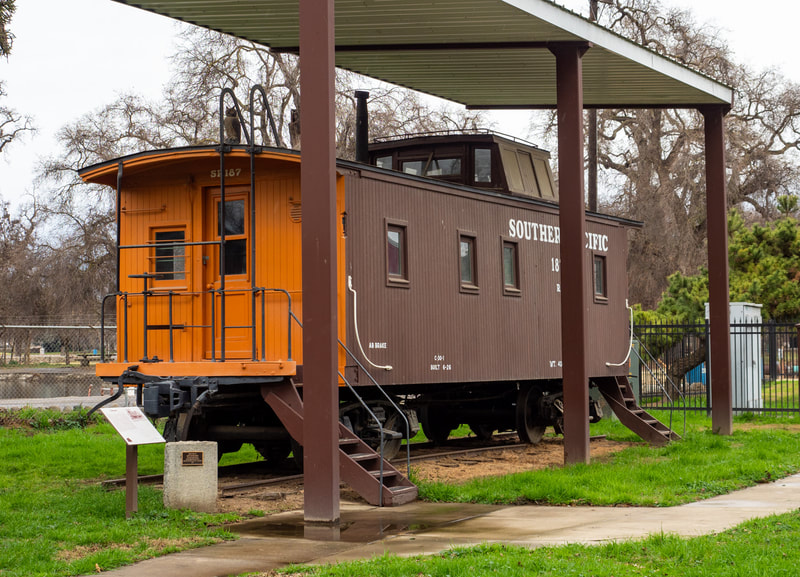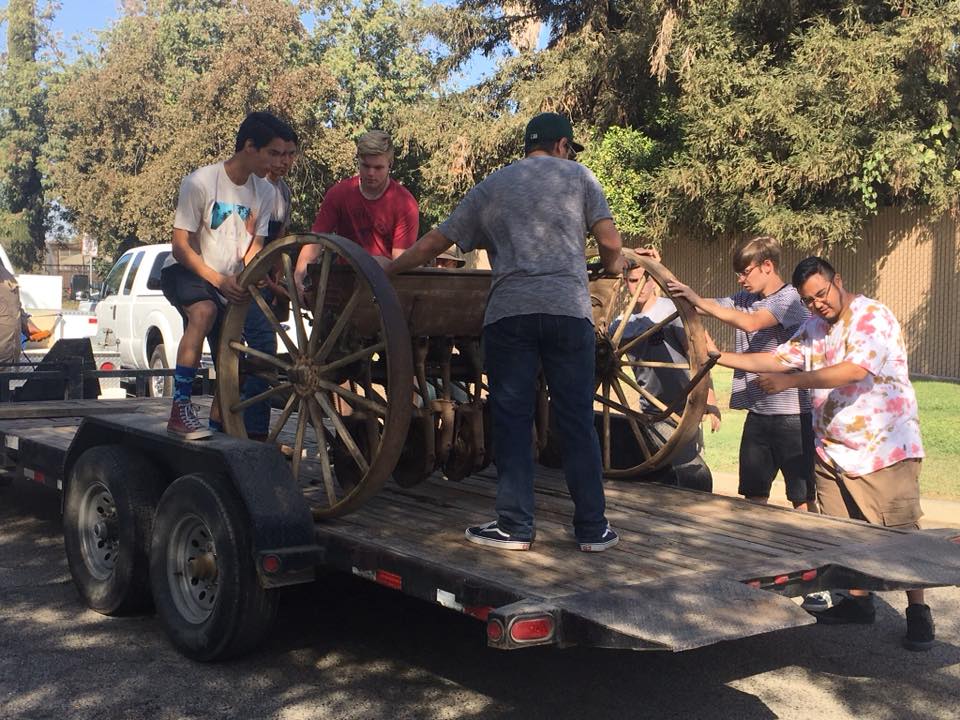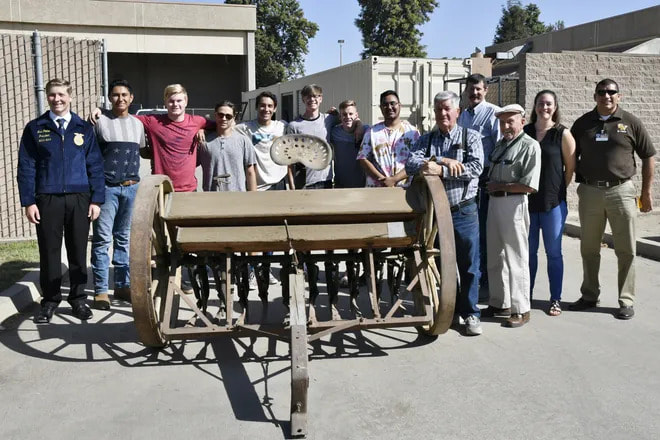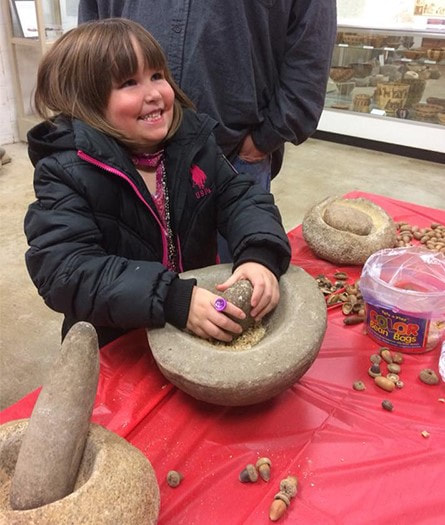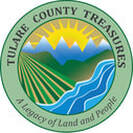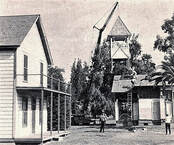TULARE COUNTY MUSEUM
|
|
A Stroll Through History by Amy L. King-Sunderson Nestled within the oak preserve protected by Visalia's Mooney Grove Park, the Tulare County Museum complex holds a vast collection of our county and state’s history, including one of the largest Native American basket collections in California. It also displays a great variety of artifacts of the pioneer era, a trove of historic agricultural equipment, dozens of restored structures from the late 1800s on, and many other treasures appealing to all ages, that tell the history of Tulare County. |
Maps, Directions, and Site Details:
Environment: Valley, outskirts of City of Visalia, inside Mooney Grove Park
Activities: Pioneer village, cultural center, tours of museum for schools, special events
Open: Thursday – Monday 10:00 a.m. – 4:00 p.m. April through October; in November through March weekend hours are reduced to noon -- 4:00 p.m. School tours can be arranged by calling the office during open hours at 559-624-7326, or email [email protected] Admission: free for the public (included in Mooney Grove Park entrance fee); $20/group of 50 students. Donations greatly appreciated.
Site Steward: Amy L. King-Sunderson, curator, 559-624-7326, [email protected]
Opportunities for Involvement: Donate, volunteer
Links: https://tularecountymuseum.org, Facebook, Instagram
Publications: Museum Matters Newsletter (Quarterly)
Photos for this article by: Jana Botkin and John Greening, and courtesy of: Terry Ommen/Historic Happenings; Tulare County Historical Society (TCHS); Tulare County Library, Annie Mitchell History Room; and Tulare County Museum
Top of Tulare County Museum page
TREASURE TALES A - D TREASURE TALES E-L TREASURE TALES M-R TREASURE TALES S-Z
Home TREASURE TALES Maps and Tours Treasures Timeline Future Treasures About Us Contact Us

